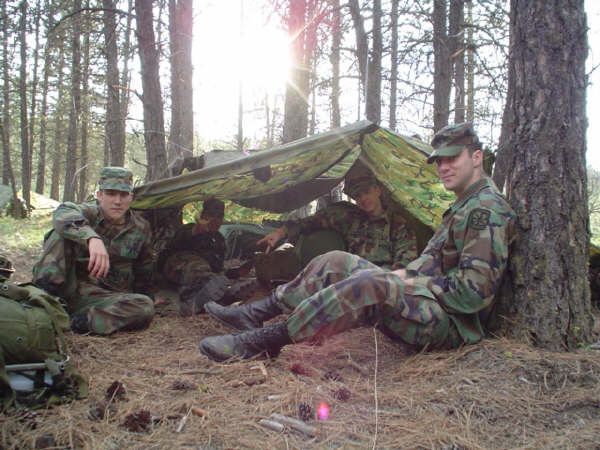Tips and tricks for using paracord as a versatile survival tool
04/02/2018 / By Zoey Sky

Preppers know how useful paracord can be, and some people even take the time to make paracord bracelets, so they always have some within reach no matter where they’re hiking or camping.
Paracord is a popular prepper tool because while it can be used as either string or rope, it’s more compact and tougher. (h/t to BeansBulletsBandagesAndYou.com)
When choosing paracord, you have several factors to consider:
- Color – Paracord is available in various colors, and you can either go with a discreet color that blends in (e.g., earth tones), or you can go with a brighter color that stands out. If you want to stay hidden, paracord is also available in a camo pattern.
- Length – This usually depends on how much paracord you want or need. You can settle for paracord that is at least 50 to 100 feet long for a bug-out bag (BOBs), car trunks, or an emergency kit. You can also get a longer length of paracord since it’s also available in lengths of up to 1000 feet.
- Weight – The most common “weight” of paracord is 550, which means it can carry a static weight of at least 550 lbs (250 kg). This is usually the default choice when it comes to common paracord. Paracord is also available in other weights such as 750, 950, etc. (Related: What’s in YOUR bug out bag? 10 must-have multipurpose survival tools.)
When it comes to packaging paracord, preppers often use them to make paracord bracelets which can be worn at all times.
To make the most out of your paracord, make sure to study some useful knots for various situations. If you’re new to knot tying, you can also study using a book or by checking out some videos online.
Even if paracord is affordable, don’t cut it up unless you absolutely have to. Try to keep your paracord intact for as long as you can. When SHTF, you’ll never know when you’ll need a length of sturdy and versatile paracord.
Survival uses for paracord
Here are some survival uses for paracord, a must for your BOBs and emergency kits:
- Make a tool necklace – If a paracord necklace isn’t your thing, make a paracord tool necklace instead. You can easily carry a pocket knife on a paracord necklace.
- Secure a tent against strong winds or other inclement weather – Use some paracord to tie off from the tent stakes, poles, or other points for added strength. Paracord can also be used to stretch a tarp over the tent for added shelter and protection.
- Secure tools and gear to the outside of your backpack – Not all backpacks have attachment points and straps, but you can use some paracord to tie and secure items to your bag. You can also use paracord to secure items that already attached to your backpack.
- Shoelaces – If your shoelaces break, you can replace them with some paracord. Use a lighter to melt the cut ends to fuse them together, so the shoelaces don’t unravel on the ends.
- Splints – Make a splint using a straight, sturdy stick and a length of paracord.
- Tie some tools to your belt – If you need too many tools and not enough time to rummage for them, tie some tools to your belt using paracord.
- Tourniquet – During an emergency, you can create a tourniquet using paracord.
- Zipper pull repair – If the zipper pulls on your clothing or gear snaps, replace it with a small loop of paracord.
You can learn more about the other uses of paracord and various survival tools at Gear.news.
Sources include:
Tagged Under: bug out, bug out bag, Collapse, disaster, Gear, guides, how-to, multipurpose survival tools, off grid, paracord, preparedness, preparedness and survival, prepper, prepping, SHTF, survival, survival skills, survival tools, tips




















